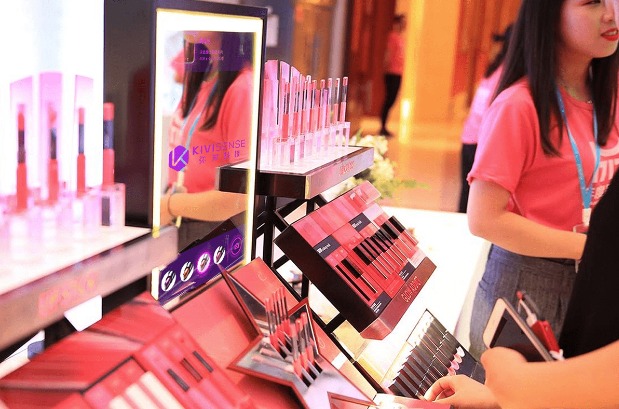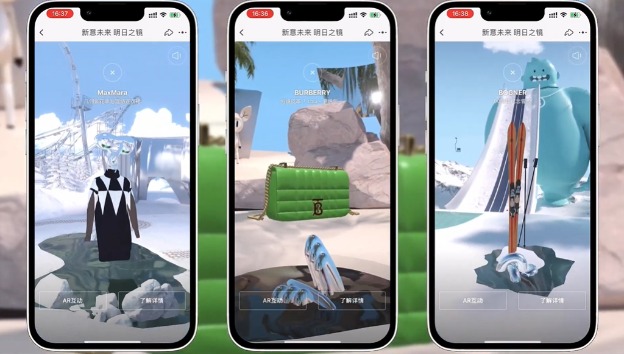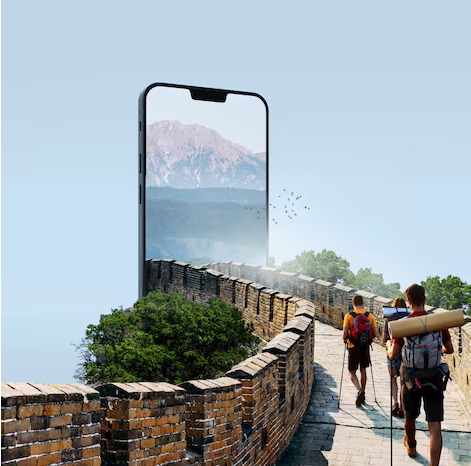What is 3D jewelry rendering?
A 3D Jewelry rendering is a process in which professionals use advanced design software to make 3D designs of jewelry items. This enables the customers to visualize the final jewelry pieces before they are manufactured.
3D Jewelry rendering services can help you design unique and personalized jewelry pieces. This provides realistic jewelry models for online selling platforms. This lets the users make modifications and alterations before the production process.
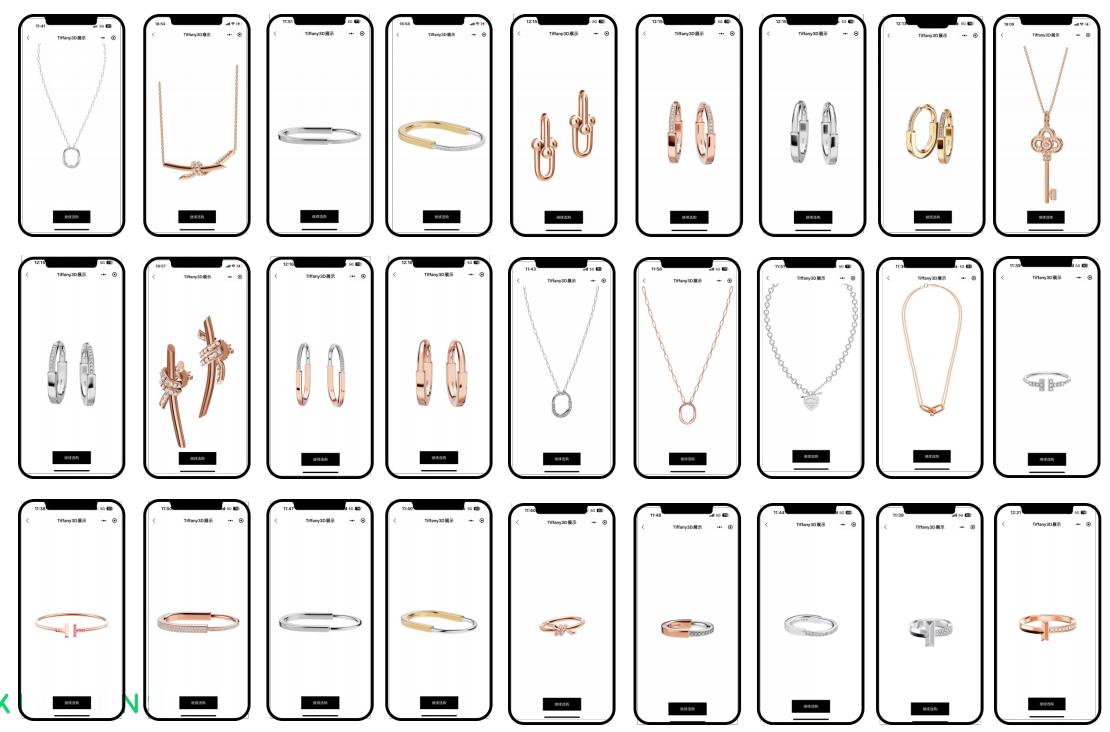
Services included in 3D jewelry rendering
High-Resolution 3D modeling
High-resolution 3D models allow the designers to make precise digital versions of the jewelry items. They can capture every small detail and make sure the model is a true reflection of the actual piece. These models offer lifelike and realistic renderings of jewelry pieces.
Realistic materials and textures
The ability to add realistic textures and materials to the digital model is one of the most important aspects of 3D jewelry rendering. This includes a wide range of metals, such as gold, silver, and platinum, along with gemstones and other materials. The textures can be tuned to resemble actual materials. This gives the renderings more authenticity and depth.
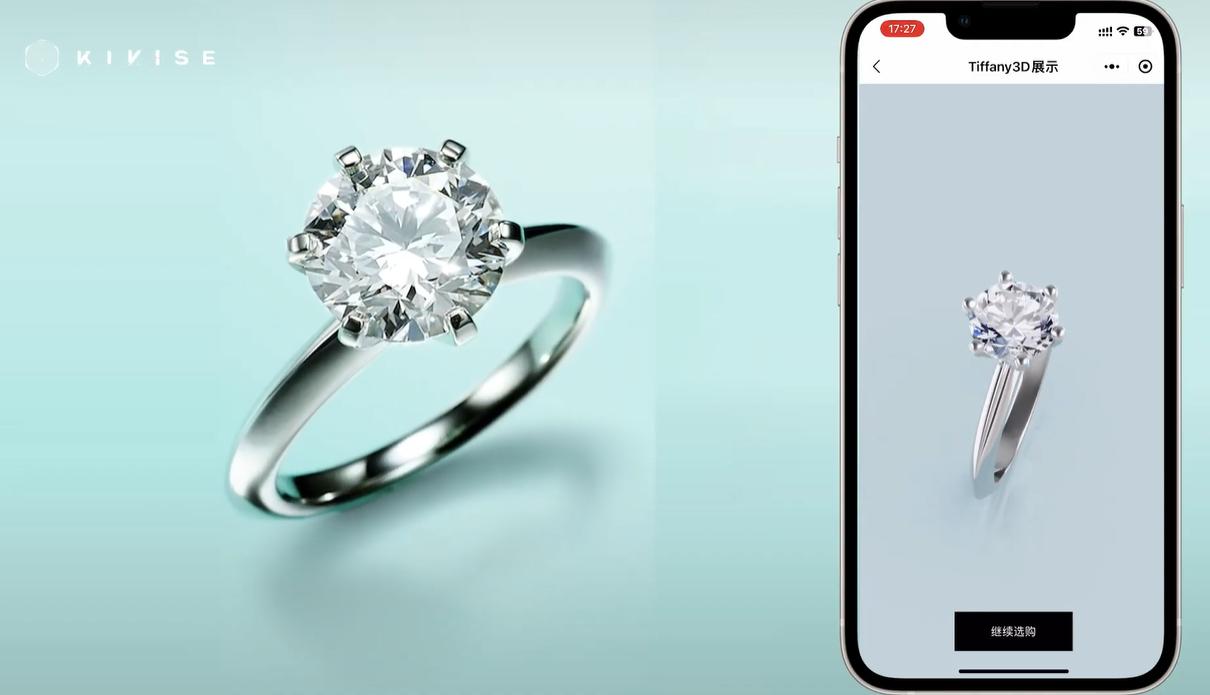
Innovative lighting techniques
3D jewelry rendering uses many sophisticated lighting techniques. Modern lighting techniques replicate the interaction of light with the jewelry piece. This includes generating realistic reflections, refractions, and shadows that enhance the authenticity of rendering. Designers can try out different lighting setups to see how their designs appear in different settings.
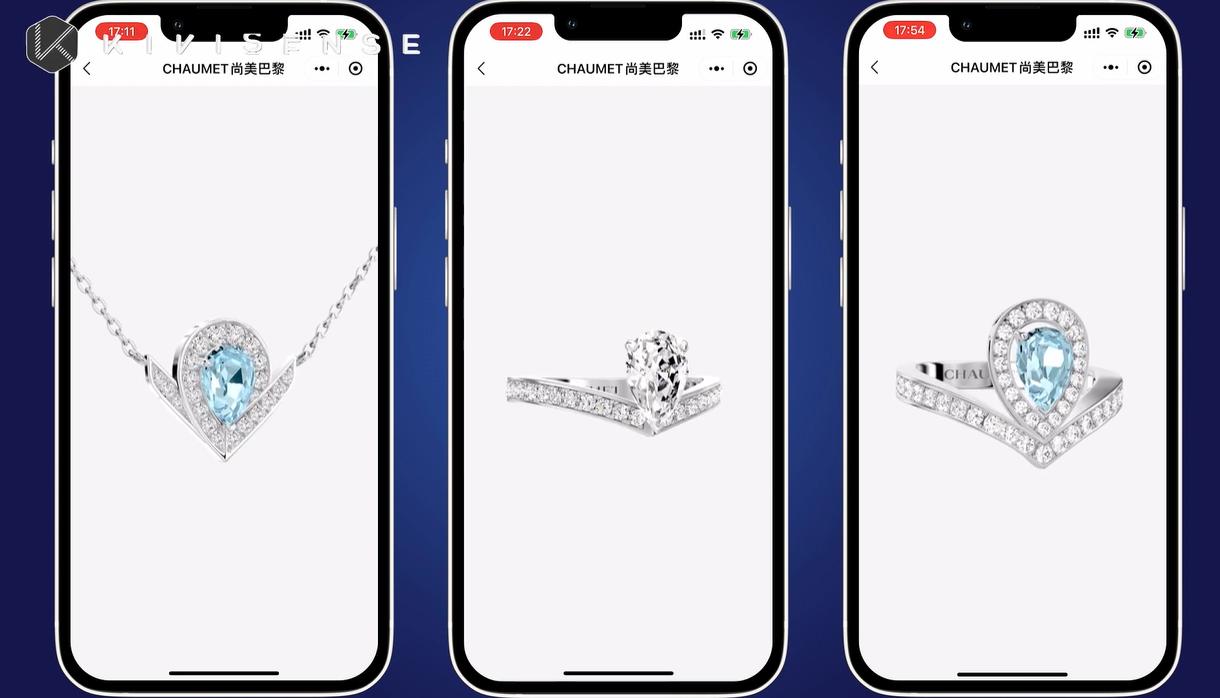
Meticulous surface finish
3D rendering services can display a variety of surface finishes. These include polished, matte, brushed, and hammered finishes. These finishes make the renderings appear more realistic and give customers a better idea of how the finished product will look.
Dynamic 3D views and animation
Many 3D jewelry rendering services also offer interactive 3D views or animations. With these additions, customers can view the jewelry item from any angle, which enhances their admiration for the design. Animations can depict how the object moves and catches light, which makes it look even more real.
Benefits of 3D rendering for brands
3D jewelry renderings greatly reduce the need for physical prototypes and salesforce, which saves you time and money. You can update the 3D models and track changes very easily. It reduces confusion and keeps everyone on the same page about the final jewelry design. Additionally, users can use 3D jewelry rendering tools to customize pre-existing designs or develop new ones.
3D renderings give buyers a better idea of the materials, fit, size, and overall design of a jewelry piece. This decreases return rates due to fitting or material concerns. Moreover, when customers are satisfied with such a jewelry shopping experience, they tend to share it with others. This enhances exposure to your jewelry design, organic traffic to your e-commerce website, and website ranking.
Benefits of 3D rendering for customers
With 3D model renderers, customers don’t need to define what jewelry design they want. They can edit and customize the 3D product images anytime and do personalized product positioning, metal/gemstone testing, and design changes easily. Moreover, 3D renderings provide spherical product panoramas instead of typical photos and texts. This lets users zoom in on metal textures, gemstone cutting, and design features from any angle.
3D jewelry renderings provide a virtual display of jewelry products on the customer’s fingertips. They can analyze all the features of 3D jewelry models in detail from the comfort of their homes. This enhances their confidence in the jewelry product and gives them satisfaction about its quality and craftsmanship.
Kivisense offers innovative and advanced AR-powered solutions for realistic jewelry try-ons. You can contact Kivisense to create high quality AR try-on solutions and 3D jewelry renderings to take your jewelry brand to new heights.
3D Jewelry Rendering Use Cases
Tiffany
Tiffany offers hyper-realistic 3D jewelry renderings to help customers analyze jewelry items in 360 degrees. They can rotate 3d models of rings, necklaces, bracelets, and earrings to examine their metal texture and gemstone placement from all sides and angles. This increases customer’s confidence in their purchases, boosting customer satisfaction and brand sales.
Chaumet
Chaumet uses advanced 3D rendering techniques to provide precise and lifelike 3D representations of its jewelry items. Customers can rotate the jewelry pieces to accurately visualize them from all sides and angles. This highlights detailed features of exquisite jewelry pieces and reflects the brand’s emphasis on high quality and craftsmanship.
Pomellato
Pomellato offers 3D jewelry renderings of its jewelry pieces so customers can visualize their textures and finishes in detail. High-performance 3D rendering technology highly restores the delicate luster of brand’s hand-polished jewelry pieces, such as rings and necklaces, giving a hyper-realistic view to customers.
How to create 3D jewelry renderings?
3D modeling
Creating a 3D model is the first step in any 3D rendering process. Product modeling uses 3D software to create a mathematical representation of the item in three dimensions.
Setting up the camera
The camera setup is crucial for 3D rendering. With proper camera knowledge, artists can create well-composed, art-directed scenes, integrate models into the 3D environment, and render realistic images.
Setting up the light
The process of creating lighting is similar to that of a photo studio, except that it takes place on a computer. Lighting is applied in different directions to maximize the display of product details.
Adding materials and textures
Different materials are added to the object and modified using a variety of techniques to make it look realistic. Then, the lighting is adjusted to highlight the features of the product in an eye-catching manner.
Rendering output
In the last stages of the process, the computer generates photos for use. The render engine generates many outputs that are used in post-production software like Photoshop to create an incredible picture.
Final processing
The final step is to polish a 3D product render for its final destination. This involves giving a finishing touch to the product to make it more realistic and lifelike.
If you are interested in learning how to include 3D jewelry rendering in your business plan, feel free to contact Kivisense. Our 3D modeling professionals are experts in producing true-to-life try-on experiences for your products and giving them a realistic touch.
Conclusion
The use of 3D jewelry rendering is an important trend in the market to create more realistic and engaging visuals of jewelry items. It is opening doors for creative optimizations and experiences that were previously impossible to see in 2D.
3D jewelry rendering has enormous potential, and it’s projected to reach a global market size of approximately US$17 billion by 2030. If you have a jewelry business and want to outperform the competitors, we are here to help you. Kivisense offers various virtual try-on solutions for your 3D jewelry rendering business to make it more successful. Contact us to start an innovative venture.

